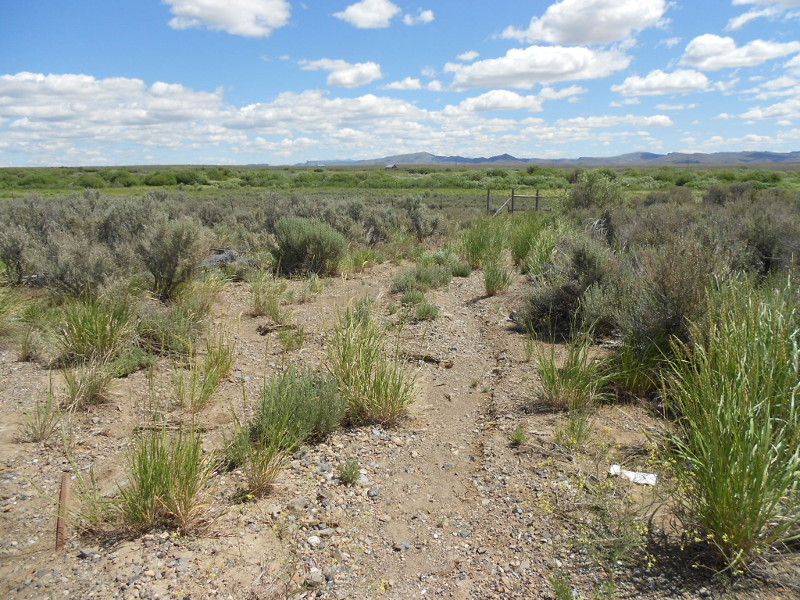| Categories: |
|---|
Estimated reading time: 2 minutes
Across the western US drought, wildland fires, cheatgrass, Western juniper, Lahontan cutthroat trout, bull trout, salmon, bald eagles, desert tortoise, and sage grouse all affect where and how natural resource companies operate. Project planning and approvals can be greatly facilitated by application of advanced statistical and spatial models to environmental data.
Causal relationships between explanatory variables such as habitat, food, and predators to response variables (species numbers and distributions) may be explained by linear regression models. These analyses use mean environmental variable values which might yield misleading relationships and result in poor decisions.
Statistical distributions of environmental data often have unequal variation because of complex interactions between the explanatory factors and the biota. Yet all of these variables can be measured or included in the appropriate statistical models. Unequal variation means more than one slope (rate of change) describes the relationship between a response variable and explanatory variables measured on a subset of these factors. Quantile regression estimates multiple rates of change (slopes) from the minimum to maximum response. This produces a more complete picture of the relationships between explanatory and response variables than do other regression models. The ecological concept of limiting factors constraining species’ populations and distribution often focuses on rates of change in quantiles near the maximum response when only a subset of limiting factors are measured. Complex causation analyses can be quantified using path analysis and semantic equation modeling.
This work was originally published on the Applied Ecosystem Services, LLC web site at https://www.appl-ecosys.com/blog/profitting-from-your-environmental-data/
It is offered under the terms of the Creative Commons Attribution-NonCommercial-NoDerivatives 4.0 International license. In short, you may copy and redistribute the material in any medium or format as long as you credit Dr. Richard Shepard as the author. You may not use the material for commercial purposes, and you may not distribute modified versions.


